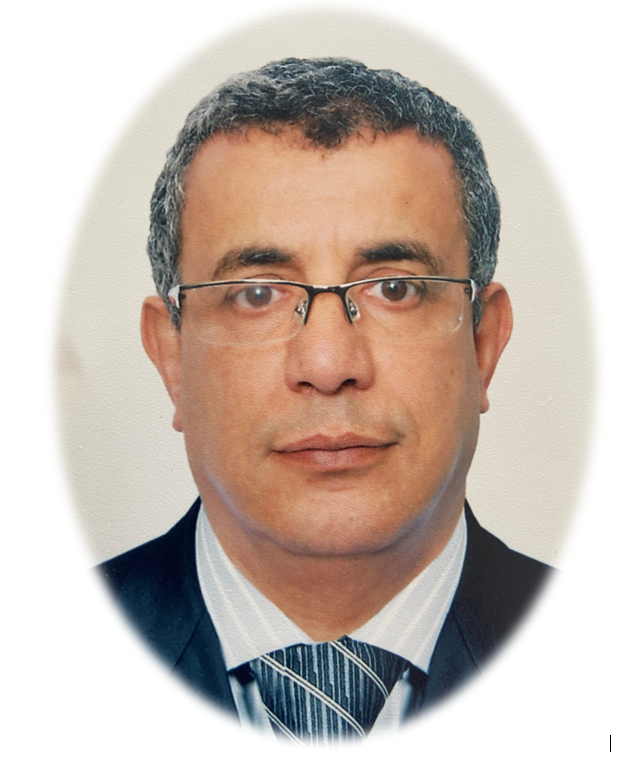RSSI_2025
STUDY DAY ON
REHABILITATION OF STRUCTURES AND SOIL IMPROVEMENT
Towards sustainable and environmentally friendly solutions
September 24, 2025, Souk Ahras, Algeria
Program > Keynote Speakers
Prof. Abdelhamid GUETALLA
Mohamed Khider University - Biskra abdelhamid.guettala@univ-biskra.dz
"Rehabilitation of Reinforced Concrete Structures in a Normative Context"
Abstract: The rehabilitation of reinforced concrete structures has become a critical challenge for preserving and enhancing built heritage, particularly given the widespread aging of infrastructure, evolving operational conditions, and increasing demands for compliance with modern standards. Durability, safety, and technical performance are now central to any structural repair or strengthening strategy.
In this context, adherence to a robust normative framework is essential. The European Standard EN 1504, widely adopted internationally, provides a harmonized and comprehensive approach to concrete structure repair. Comprising ten parts, it covers:
Classification of repair products,
Application methods,
Performance criteria,
Testing protocols and quality control procedures.
The rigorous application of this standard requires a systematic methodology, structured around three key phases:
In-depth diagnosis of structural pathologies (e.g., rebar corrosion, cracking, carbonation);
2. Strict selection of repair materials (special mortars, resins, composite systems);
3. Strict compliance checks for durability, bond strength, and chemical, mechanical, and thermal compatibility.
This normative approach ensures the reliability and longevity of solutions, whether for localized repairs or complex structural strengthening. It also helps:
Mitigate risks of premature failure,
Extend service life,
Optimize long-term maintenance costs.
The lecture will present real-world case studies (diagnostics, assessments, and repair techniques) demonstrating best practices aligned with EN 1504 requirements. Ultimately, when conducted within this rigorous normative framework, the rehabilitation of reinforced concrete structures aligns with sustainable performance, structural safety, and cost-effective intervention strategies.
Ings. Farid CHERIFI & Mossedek KHELIFI
AFITEX INDUSTRIE
farid.cherifi@afitexalgerie.com & mossedek.khelifi@afitexalgerie.com
“Improving Soil Quality with using of geosynthetics”
Abstract: Since their introduction in the 1960s, the geosynthetics (geotextiles, geomembranes, and similar products) have become major materials in all fields of civil engineering. The first geotextiles and geomembranes were refined to expand their applications. Tests and standards were established, along with quality control systems.
The company AFITEX INDUSTRIE is specialized in the design, development, manufacturing, marketing, and export of geosynthetic products used in various construction fields, including civil engineering.
The reinforcement function of these products improves the load-bearing capacity of soils under roads and other infrastructure. Their function in foundations is to distribute applied loads to reduce deformation and subsidence.
The conference will primarily focus on the characterization, sizing, implementation, and, more broadly, the engineering of these products. They have been used in various ground improvement projects, including real-life applications such as:
· REHABILITATION THE AERONAUTICAL AREAS USING GEOSYNTHETICS OF THE TAFRAOUI AIR FORCE SCHOOL PROJECT, ORAN.
· USING GEOCOMPOSITE FOR CRACK SURFACE RELIEF IN A ROAD PROJECT IN SOUTHERN ALGERIA.
· MPROVEMENT AND REINFORCEMENT OF COMPRESSIBLE SOIL USING RIGID INCLUSIONS AND GEOSYNTHETICS. Case of the East-West Highway, East Lot over 84 km.



